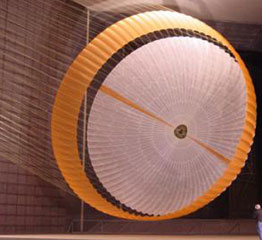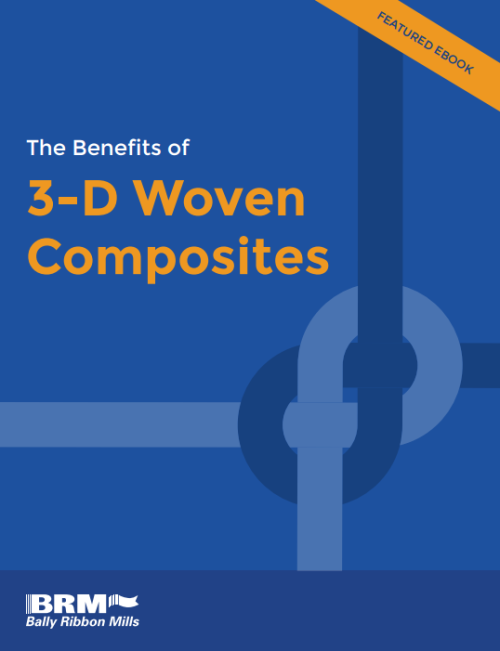3-D weaving is a cutting edge process that offers consumers joints and other parts with an optimal blend of strength, durability, and structural integrity.
 Ideal for use within the aerospace industry, 3-D woven joints are considerably lighter than traditional metal joints without sacrificing exceptional strength and durability. This, unsurprisingly, results in a great deal of cost savings for the aerospace industry and the businesses involved within it.
Ideal for use within the aerospace industry, 3-D woven joints are considerably lighter than traditional metal joints without sacrificing exceptional strength and durability. This, unsurprisingly, results in a great deal of cost savings for the aerospace industry and the businesses involved within it.
Three-dimensional weaving offers a range of benefits for consumers, each of which saves cost and enhances product performance. Employing a 3-D woven composite in lieu of metallic structures will offer consumers a material that is lightweight, stronger than its metallic counterparts, and free of corrosion. In fact, the utilization of three-dimensional structures and fabrics may lead to a 30% reduction in aircraft weight and, subsequently, a reduction in total operational costs spent during an aircraft’s lifetime.
Employing a 3-D woven structure is the simplest and most efficient method of incorporating composite parts into future products. 3-D woven composites are produced near-net shape, meaning the composite requires minimal processing to be installation ready. 2-D laminated composites, on the other hand, require a lengthy and technically challenging lamination process. Cutting out the lengthy processes associated with 2-D composite methods means saving energy, time, and, subsequently, money.
3-D woven composites are completed as one piece — they do not require cutting, plying, or stitching, as 2-D laminated composites do, and require minimal machining. Without multiple layers laminated together, 3-D woven composites cannot become delaminated. The inherent inability of 3-D woven composite structures to delaminate is arguably one their greatest advantages. Design flexibility and the capacity to tailor composite properties to specific applications are also crucial 3-D weaving benefits.
Employment of 3-D woven joint technologies can provide enhancements in damage resistance without sacrificing weight. At Bally Ribbon Mills, our advanced products group has developed the technology to 3-D weave intricate net shapes, including pi (π), “T,” double “T,” “H,” and more.
 Bally Ribbon Mills has played an essential role in the design, development, and manufacture of specialized products for a range of industries since 1923. We are committed to providing high quality materials with exemplary efficiency.
Bally Ribbon Mills has played an essential role in the design, development, and manufacture of specialized products for a range of industries since 1923. We are committed to providing high quality materials with exemplary efficiency.






